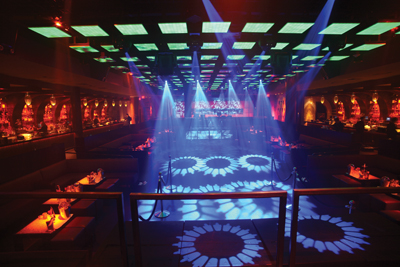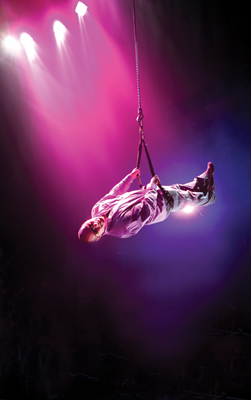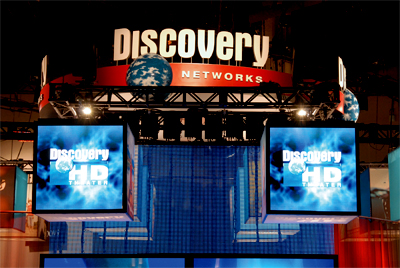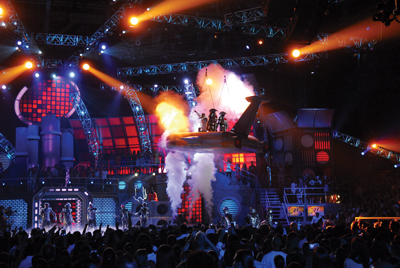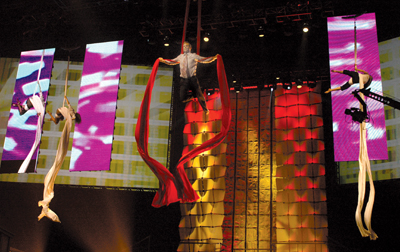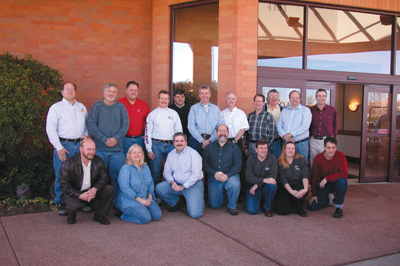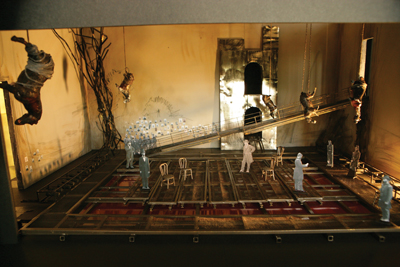Lighting Rig at JET NightclubTakes Off
MIDI pilots lighting to new heights
In the world of nightclubs, there are certain ingredients that ensure immediate success — a booming sound system, a top-notch staff and an exclu-sive guest list. JET nightclub in The Mirage, one of the hottest nightclubs in Las Vegas, has added a fourth: a dramatic and exciting lighting system. Ever since JET opened in 2005, the club’s main room has boasted a lighting system designed by the team at John Lyons Systems.
Read More »